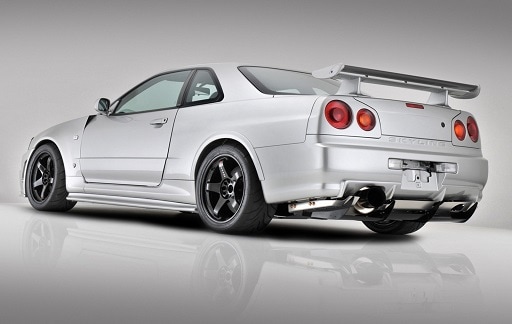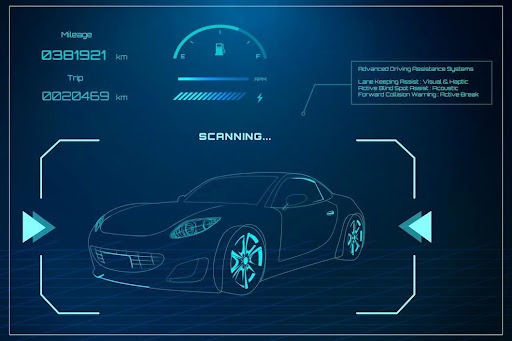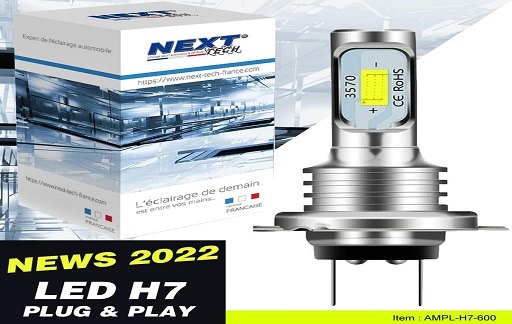In 1957, the Nissan Skyline was produced by the Prince Motor Company before merging the Nissan. After that, both Prince Motor and Nissan Skyline companies were merged in 1967. The Skyline was available as either a five-door station wagon or a four-door sedan, and it featured a 1.5L GA-30 engine.
In the mid of 1970s, the coupe series Nissan Silvia was introduced in the Japanese market at the side of the larger Nissan Skyline. The Nissan Silvia has undergone many changes, but it still remains a very popular and most important vehicle in the modern automotive culture. Here we’ll discuss the JDM’s top most popular cars Nissan Skyline Vs. Silvia. Let’s check the below review.

Two Most Popular JDM Cars of Nissan
Japanese Domestic Market Vehicles are also known as JDM cars. JDM cars are the most popular cars worldwide due to their performance, efficient handling, and high speed. In the 80s and 90s, these vehicles emerged in the international automotive scene. During these decades, the Japanese bubble economy boomed, and the country quickly became a world leader in technological advancements.
As a result, the top Japanese automakers introduced some of the best JDM cars like Toyota, Mazda, Nissan, and Mitsubishi that are still popular to this day. Might be you want to buy a Japanese car, but you still do not know which is best for you. Nissan Skyline and Nissan Silvia are the most popular JDM cars, so you can choose one of them.
Nissan Skyline
It started as a luxury sedan and ended as Godzilla. It wasn’t available to most of us for decades, but it’s an icon around the world. An evergreen star of video games and movies, Nissan Skyline, is the quintessence of forbidden fruit. In the late ’90s, Japanese import culture exploded, and suddenly posters of JDM cars covered American teenagers’ walls: Supras RX7’s 300zx’s 3000GT’s MR2’s s13’s s14’s Integra’s Eclipse’s Civic’s but for many, one car stuck out twin-turbo, all-wheel-drive, it looked like a buff Maxima, and we weren’t allowed to have it.
The Nissan Skyline wasn’t always a Nissan. It was a Prince. What is a Prince, you ask? Well, in the years following World War 2 Prince Motor Company was mostly known for making electric cars, but in 1952 they moved away from electric, and they asked engineer Shinichiro Sakurai, the godfather of the Skyline, to create a luxury car to rival the European and American brands of the day. Over the next decade, the Skyline would undergo a number of iterations, so would the Prince Company. 1966, Prince was acquired by Nissan; all of a sudden, Skyline was a Nissan. Fun fact, according to insiders, the Prince team operated almost completely independently within Nissan ’til the R34 was phased out in 2002.
More About Nissan Skyline
In 1969 shit got real; the team lengthen the nose of the Skyline so they could fit the S20; This is a six-cylinder, 24 valves, twin-cam, triple two-barrel side-draft badass that made 160 horsepower at 7000 RPM. They called it the Skyline Gran Turismo Racer or Skyline GTR! It transformed the car overnight and immediately started embarrassing the Americans and Europeans on the touring car circuits.
The R30 RS-X Turbo was a mainstay of the Super Silhouette races of the 1980s. In 1989 the Skyline R32 GTR debuted. It had a straight six, two turbos, all-wheel steering, and four-wheel drive. This is the beginning of the Skyline that most of you guys know.
The R32 kick of the ’90s, which is the golden era of Skylines. The R33 and R34 only cemented the dominance of Godzilla! The changes between these three generations are minimal; they lightened up the front end, improved structural rigidity, moved the battery to the back, made the HICAS electric, improved aero, and updated the cosmetics. This is the Skyline we fell in love with.
Now it’s the late nineties R32 R33 R34 has made the GTR a legend. People are importing them to the UK to Australia to New Zealand, but if you live in the States, you can’t have one unless you’re Paul Walker. “dude, I almost had you.” In 2001 Nissan updated the Skyline to the V35. No longer a straight-six now, it’s a V-six, and we even got it in America as a naturally aspirated two-wheel drive Infiniti. “dumbass” Sweet thanks. For now, the GTR was dead again.
Nissan Silvia
If you’re into drifting, and you should be, you’ve probably heard of the 240SX from Nissan. Maybe you’ve even heard specifics, like mentions of the S13, S14, and the beautiful strawberry-faced S15 models.
The S-chassis started out in life as the underpinnings of affordable alternatives to larger and more powerful rear-wheel-drive sports cars. Not only have countless stories been made with these cars, but entire careers have also been launched using the humble S-chassis. This is everything you need to know to get up to speed on the Nissan Silvia 240SX, 200SX, 180SX, S-chassis.
If somehow you live inside a rock and haven’t heard of these cars, the formula was pretty simple. The company used these S abbreviations to signify the development of their small rear-wheeled drive car line, with S being derived from the name of the model in Japan, Silvia. The numbers represent which generation it was.
240SX and the S-chassis story begins in 1976 with a car that nobody really remembers. While Nissan had a smallish sports car in their Z car, that car became more expensive each year. So, they made just what they needed, the S10, created to be the cheaper, lighter car that Nissan wanted and the rest of the world needed. The first S-chassis was born, equipped with a 1.8-liter engine everywhere else, and sold as Silvias; American S10s were sold as a larger two-liter engine and badged as just 200SX’s.
Would you like to read more about Nissan Skyline-related articles? If so, we invite you to take a look at our other tech topics before you leave!










